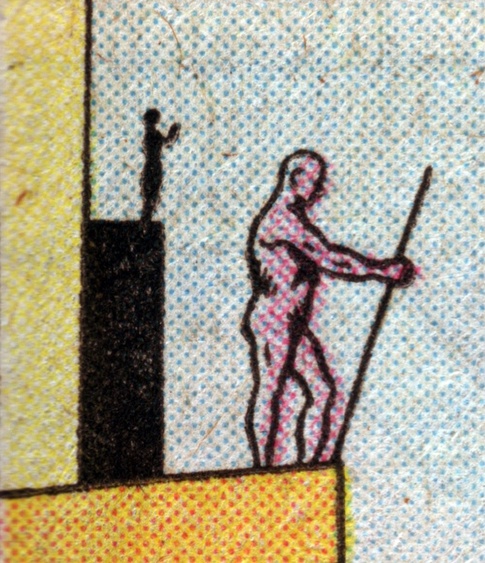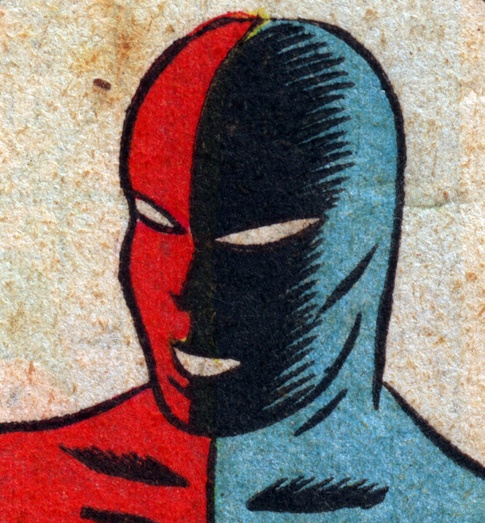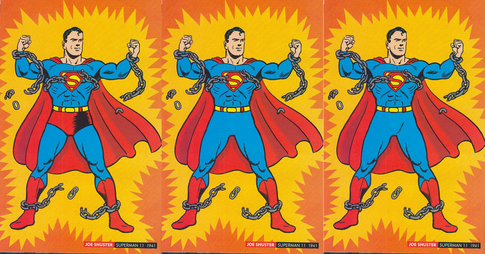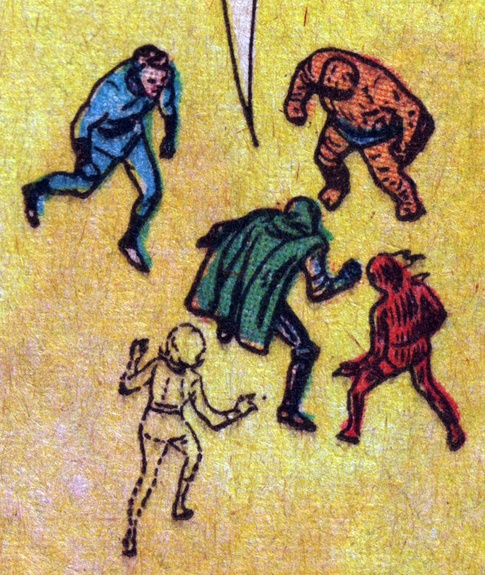![]() Quora, if you are unaware, is a question and answer user-based site. There is a lot of cool information being exchanged, and in many ways this site is the ultimate Nirvana for Geeks. All of those crazy hypotheticals argued over endless hours of dungeons and dragons are now intellectual fodder for some amazing exchanges. And hey, Im not knocking it. I wasnt into D&D, but I did spend one Friday night a month playing Civilization in a basement on a customized large scale map until there was a winner, and had my share of crazy hypothetical conversations!
Quora, if you are unaware, is a question and answer user-based site. There is a lot of cool information being exchanged, and in many ways this site is the ultimate Nirvana for Geeks. All of those crazy hypotheticals argued over endless hours of dungeons and dragons are now intellectual fodder for some amazing exchanges. And hey, Im not knocking it. I wasnt into D&D, but I did spend one Friday night a month playing Civilization in a basement on a customized large scale map until there was a winner, and had my share of crazy hypothetical conversations!
When it comes to hypothetical conversations, the subject of super powers is bound to come up.. i.e. If you had a super power, what would it be? While this is probably the most common in “real life,” it’s child’s play over on Quora. They can go on about Superhero’s playing chess against each other, whether or not they could get tattoo’s, and really far out concepts. But a short while ago something flew by my daily digest that was a head scratcher, and when I clicked into it I was amazed at the detailed response.
In all honesty, Im not sure I am “allowed” to repurpose this content, but Im hoping if I link everything back and take no credit for it – which I don’t! – all will be ok. So now, I’d like to share with you Ariel Williams’ response to:
★ Why does Superman wear red underwear over his costume?
This is actually an interesting question but the answer can be explained very easily so I will add some images to spice it up. 🙂 The trend the question describes we see not just in Superman but in many comic book heroes with their origins from the earliest days of comic books from the 1930’s and 1940’s onward.
Printing technology and cost.
In the early 1930’s and 40’s printing of comics came in two forms, black and white and 4 color, this is also where we get the term 4 color hero. In general comic books were intended to be as cheap as possible so they often used the lowest grades of paper and the fastest and cheapest printing methods. The color printing was usually only reserved for the cover page of a comic because it was a costly process that required the ink to be applied in 4 separate stages, one for each color. The problem became that when doing this the machines had to run at a very high rate of speed to produce enough comics and they would eventually become misaligned and need constant adjustment. This is why we see comics from this era onward with the colors bleeding outside of the lines. This is especially true when color was later applied to entire comics.
Due to these minor imperfections in the process itself the comics were produced with sharp clean edges defined by hard black and often the layouts would be done so that objects could be painted a single color. These restrictions and a lack of a proper gray constrained the art style to fit within the technology of the day. The methods they used to overcome this came in using either pointillism (halftone) as the image above or hard solid colors as below.
<High magnification scans of comic book details from 4CP | Four Color Process>
Keeping your colors simple was the best way to do this but it restricted character design and forced them to create an inventive way to make the character stand out.
Esthetics and the superhero persona.
Working within the limitations I described above, comic book artists took great strides to make powerful and lasting impressions. Right or wrong and consciously or not, this led to emphasizing hyper masculine or hyper feminine character traits to make the characters seem larger than life on such a simple format. We often see color changes or divisions at the waist, groin, feet, hands and chest. This allows the characters to have certain “attributes” stand out.
Which one looks more “heroic”?
<Left – original, Center – “no undies”, Right – groin accent> Edits by Ariel Williams
The center option almost seems to have neutered Superman with its lack of definition. While option three might be acceptable in this panel, in some poses or in very small panels in the comics his legs might overlap the groin area and the entire pose might loose definition. You literally might not be able to tell his leg from his a-hole. 😀 Also if the comic specifically defined his “package” that might offend some 1940’s sensibilities.
Even characters that wore only a single color often had detail lines outlining the pelvis from the rest of the body so their features could easily be made out on small panels.
Here we can see what looks like “undies” even on human torch and Mr. Fantastic.
Modern comics are starting to move away from this trend a little as better printing technology has allowed smooth gradients and shading to compensate for the issues of the past and opened up a whole new range of possibilities.
These are images from “The New 52” DC comics reboot.
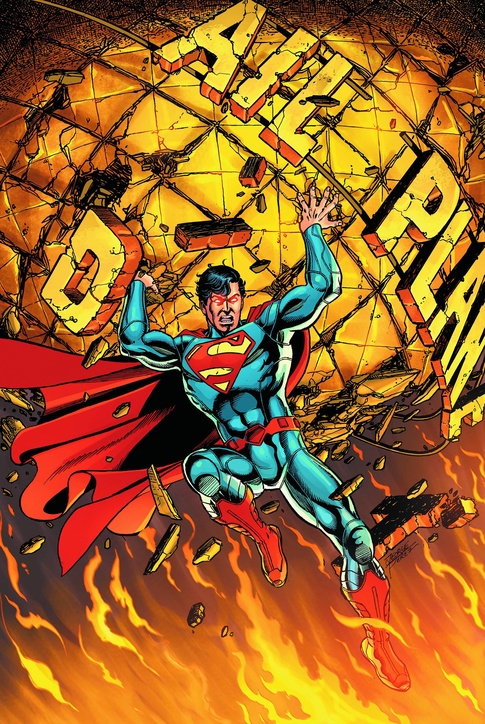
“Look ma no undies!” (To be honest even here we see a fine line to make sure there is definition between pelvis and legs but at least it doesn’t look like underwear.)
via: http://www.quora.com/Superheroes/Why-does-Superman-wear-red-underwear-over-his-costume

